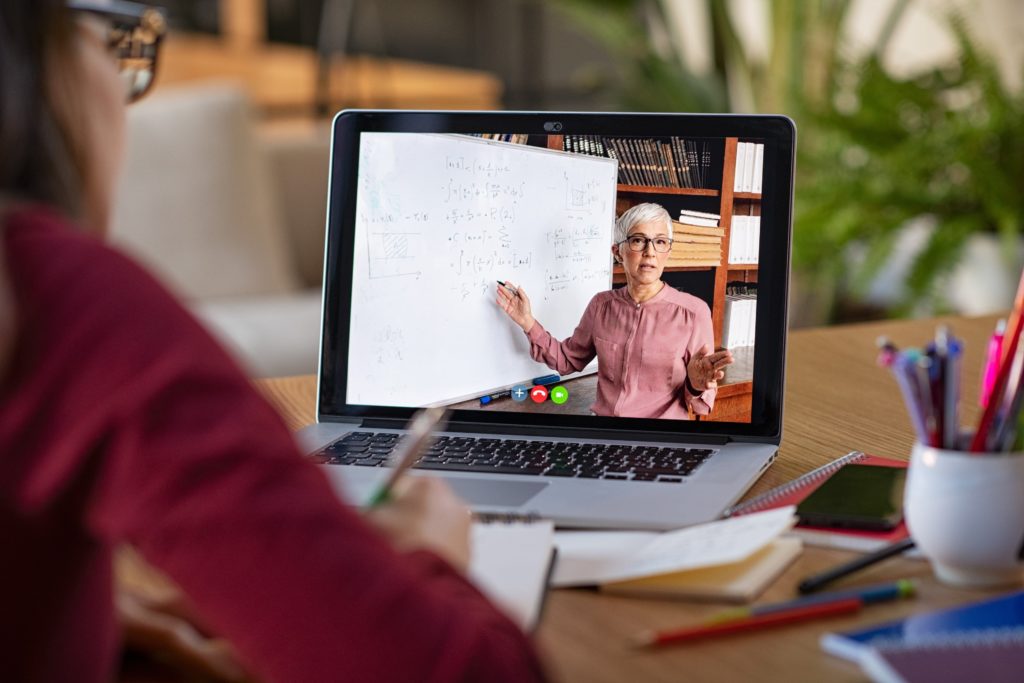The importance of transforming education in higher education institutions cannot be overstated. In a rapidly digitizing world, where technology is a basic lifestyle of most students, traditional teaching methods often fall short in preparing students for the challenges they will face in their school journey.
By embracing new paradigms in teaching and learning, institutions can better equip students with the skills and competencies they need to thrive in the 21st century.
Moreover, new paradigms in teaching and learning emphasize student-centered approaches, active engagement, and the integration of technology. These paradigms shift the teaching focus from passive instruction to active learning experiences that promote critical thinking, problem-solving, collaboration, and creativity.
The Need for Transformation of Higher Education
The job market now requires a broader set of skills beyond academic knowledge, including critical thinking, problem-solving, creativity, emotional intelligence, and digital literacy.
Also, technological advancements and automation demand digital skills and adaptability. Higher education institutions must align teaching methods accordingly.
To promote inclusion, diverse student demographics need to be accommodated by institutions through various learning styles and foster inclusivity.
And we cannot debate that generation Z’s affinity for technology can be leveraged through digital tools and interactive platforms. Digital technology also offers accessibility, flexibility, personalized, and adaptive learning experiences.
New Paradigms in Teaching and Learning
We can deploy various active learning approaches as a new form of teaching and learning methods.
Problem-based learning
Problem-based learning (PBL) is an active learning approach that engages students in solving real-world problems. Instead of passive listening, students actively explore and analyze complex problems, apply relevant knowledge and skills, and collaborate with peers to find solutions.
For example, in a medical education setting, students may work in small groups to diagnose and treat simulated patients, fostering critical thinking and clinical reasoning skills.
Project-based learning
Project-based learning (PjBL) involves students working on long-term projects that require them to apply knowledge and skills to solve real-world problems or create tangible products.
For instance, engineering students may collaborate on designing and building a sustainable energy prototype. It promotes collaboration, critical thinking, creativity, and project management skills.
Also, collaborative learning enables students to develop communication, teamwork, and problem-solving skills while benefiting from diverse perspectives and collective intelligence.
Flipped classroom model
The flipped classroom model flips the traditional instructional approach by delivering instructional content, such as lectures, outside the classroom, often through video recordings or online modules.
Class time is then dedicated to interactive activities, discussions, and hands-on application of knowledge. This approach maximizes in-person interaction, student engagement, and deeper understanding of the subject matter.
Integration of technology
Deploying online learning platforms, such as learning management systems (LMS), provide institutions with the infrastructure to deliver courses and educational materials online. LMS platforms offer features like discussion boards, multimedia content, quizzes, and assignment submissions.
Also, virtual reality (VR) and augmented reality (AR) technologies offer immersive and interactive learning experiences. For example, VR simulations can allow medical students to practice surgical procedures in a realistic virtual environment.
Gamification and interactive learning
Gamification incorporates game elements, such as point systems, badges, and leaderboards, into educational experiences to motivate and engage students. Interactive learning activities, such as quizzes, simulations, and educational games, make learning enjoyable and interactive. These approaches enhance student engagement, motivation, and knowledge retention.
Key Strategies for Implementing New Teaching Methodologies for Higher Education
Using technology to understand students
Before deploying the new methods of teaching and learning, it is crucial to understand the student’s needs, their interests, and skills.
Genetics personality testing technology can play a life-enhancing role in improving learning outcomes by identifying individuals’ innate interests and personality. By understanding genetic predispositions, personalized educational approaches can be developed to match students’ unique strengths, enhancing their engagement and success in the learning process.
Creating a culture of innovation and experimentation
Institutions should foster a culture that encourages innovation and experimentation in teaching and learning. This can include establishing centers for teaching excellence, providing resources for faculty research and innovation grants, and facilitating regular peer-sharing sessions where faculty can exchange ideas and best practices.
Promoting inclusive peer-to-peer student interactions
Institutions should encourage students to take ownership of their learning by providing opportunities for self-directed learning, goal setting, and reflection. This can involve promoting student-led discussions, encouraging students to explore their interests within the curriculum, and connecting virtually with hesitant students.
Conclusion
Transforming education in higher education institutions is crucial to meet the evolving demands of the job market and cater to changing student demographics.
New paradigms in teaching and learning, such as active learning approaches, the flipped classroom model, and the integration of technology, offer opportunities to enhance student outcomes and engagement.
Education is a dynamic field, and institutions must continually evolve to meet the needs of students and society. By embracing new paradigms in teaching and learning, institutions can equip students with the skills, competencies, and mindset necessary for success in the 21st century.
This step requires using technology to understand the career goals, learning innovation, and a student-centered approach. By doing so, institutions can create transformative educational experiences that empower students and prepare them for future challenges and opportunities.






